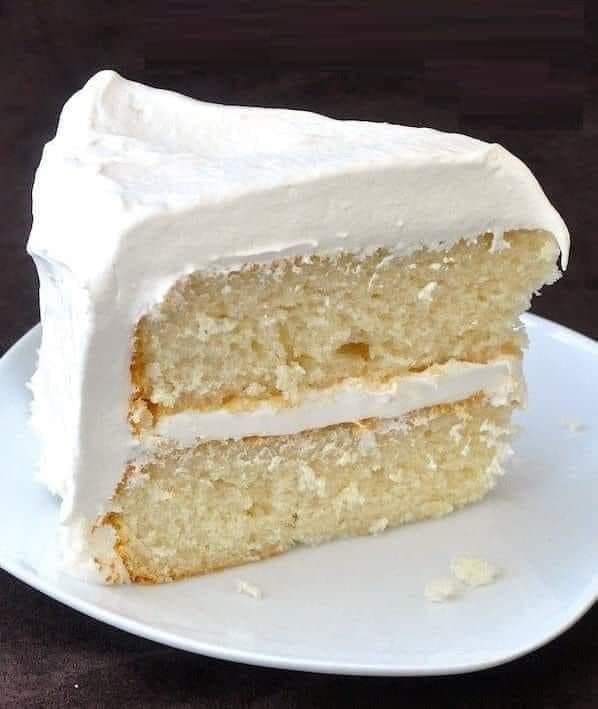Unveiling the Secrets of the Perfect White Velvet Cake
Ever wondered what makes a White Velvet Cake so…velvety? It’s more than just a pretty name! This cake boasts a supremely soft crumb, a delicate vanilla flavor, and a pristine white color that makes it perfect for weddings, birthdays, or any celebration where elegance is key. Let’s dive into the formula for creating this delightful treat, exploring the ingredients and techniques that set it apart from your average white cake.
 A beautifully decorated White Velvet Cake on a cake stand.
A beautifully decorated White Velvet Cake on a cake stand.
The White Velvet Cake Formula: Key Elements
The secret to the perfect White Velvet Cake lies in a few key areas. We’ll break down the important ingredients, the right techniques, and the considerations that will help you bake a show-stopping cake every time.
Understanding the Ingredients
Unlike many cakes, the White Velvet relies on specific ingredients to achieve its signature texture and color. Here’s the lowdown:
- Cake Flour: This is a must! Cake flour has a lower protein content than all-purpose flour, which results in a more tender crumb.
- Egg Whites Only: The absence of egg yolks is crucial for maintaining the white color. The egg whites provide structure and lightness.
- Clear Vanilla Extract: Regular vanilla extract can tint your batter slightly. Opt for clear vanilla extract to keep your cake pristine.
- Butter and Shortening: A combination of butter for flavor and shortening for moisture and tenderness works wonders.
- Buttermilk: This adds a subtle tang that enhances the flavor and tenderizes the cake.
 A collage of the key ingredients: cake flour, egg whites, clear vanilla extract, butter, shortening, and buttermilk.
A collage of the key ingredients: cake flour, egg whites, clear vanilla extract, butter, shortening, and buttermilk.
The Creaming Method: Perfecting the Technique
The creaming method, where you beat together the butter, shortening, and sugar, is the foundation of a great White Velvet Cake. Here’s how to do it right:
- Softened Fats: Ensure your butter and shortening are properly softened but not melted. They should be cool to the touch but easily pliable.
- Cream Until Light and Fluffy: Beat the fats and sugar together for several minutes until the mixture is noticeably lighter in color and fluffy. This incorporates air, which contributes to the cake’s light texture.
- Alternate Wet and Dry: Gradually add the dry ingredients and buttermilk to the creamed mixture, alternating between the two. Start and end with the dry ingredients. This prevents gluten development and keeps the batter tender.
 Photos demonstrating the creaming process: softened butter, creamed butter and sugar, alternating wet and dry ingredients.
Photos demonstrating the creaming process: softened butter, creamed butter and sugar, alternating wet and dry ingredients.
Tips for Achieving a Perfectly White Cake
Want that dazzling white hue? Here are some extra tips to consider:
- Use Parchment Paper: Line your cake pans with parchment paper rounds to prevent browning on the bottom.
- Don’t Overbake: Overbaking will dry out the cake and can lead to some browning. Check for doneness with a toothpick inserted into the center; it should come out clean or with a few moist crumbs.
- Cool Completely: Let the cakes cool completely in the pans before frosting. This helps prevent them from crumbling.
- Quality Ingredients: Using high-quality ingredients such as European butter can impact both the flavor and color of your cake.
 A step-by-step photo showing how to line a cake pan with parchment paper.
A step-by-step photo showing how to line a cake pan with parchment paper.
Conclusion: Bake Your Own White Velvet Masterpiece
The White Velvet Cake isn’t just about appearances; it’s a testament to the power of quality ingredients and precise techniques. By understanding the nuances of the formula – the importance of cake flour, egg whites, the creaming method, and those extra tips for achieving the perfect white color – you can create a truly memorable cake that will impress everyone who tastes it. So, gather your ingredients, preheat your oven, and get ready to bake your own White Velvet masterpiece! Happy baking!
 A close-up shot of a slice of White Velvet Cake, showcasing its tender crumb and white color.
A close-up shot of a slice of White Velvet Cake, showcasing its tender crumb and white color.

Please tell me more about your excellent articles http://www.kayswell.com
Great beat ! I would like to apprentice while you amend your web site, http://www.kayswell.com how could i subscribe for a blog site? The account helped me a acceptable deal. I had been a little bit acquainted of this your broadcast provided bright clear concept
I really appreciate your help http://www.kayswell.com
I want to thank you for your assistance and this post. It’s been great. http://www.kayswell.com